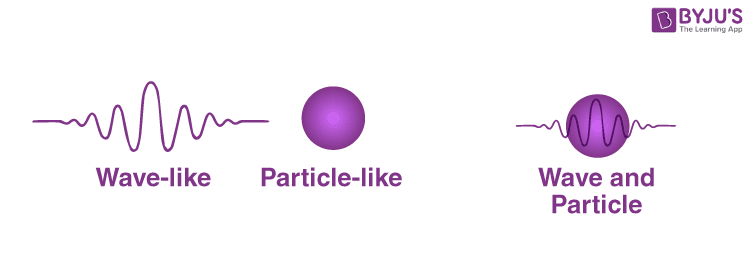Atomic physics and quantum physics are often conflated due to their interrelated concepts and overlapping domains of study. While both fields delve into the behaviors and interactions of matter at a microscopic level, they embody distinct frameworks and methodologies. This article delineates the nuanced differences and intersections between atomic physics and quantum physics, thereby providing clarity on whether they can be regarded as synonymous.
1. Definition of Atomic Physics
Atomic physics is the branch of physics that focuses specifically on the structure and behavior of atoms. It examines the constituents of an atom, including protons, neutrons, and electrons, and is primarily concerned with atomic interactions and the forces governing them. Understanding how these particles interact under various conditions lays the groundwork for important applications, including spectroscopy and quantum computing.
2. Definition of Quantum Physics
Quantum physics encompasses a broader framework, positing principles that govern the behavior of matter and energy at the most fundamental level. It investigates phenomena that cannot be adequately explained by classical physics, employing concepts such as wave-particle duality, superposition, and entanglement. Quantum physics is foundational to various fields, including quantum mechanics, quantum field theory, and quantum information science.
3. Historical Context
The historical evolution of atomic physics and quantum physics offers insights into their conceptual differences. Atomic theory dates back to ancient Greek philosophers like Democritus, who first proposed that matter is composed of discrete units called atoms. However, the quantum revolution in the early 20th century transformed our understanding of atomic structures, culminating in the invention of quantum mechanics by pioneers such as Max Planck, Niels Bohr, and Albert Einstein. This evolution illustrates how quantum principles fundamentally altered the perception of atomic models.
4. Fundamental Principles
In atomic physics, the principles prevalent are linked to the structure of atoms, primarily addressing electron configurations, energy levels, and ionization energies. The Bohr model, for instance, elucidates how electrons occupy quantized energy levels around the nucleus. In contrast, quantum physics transcends individual atomic interactions, addressing the probabilistic nature of particles and the dual aspects of light and matter. It incorporates the famous Heisenberg uncertainty principle, which posits limitations on simultaneously knowing the position and momentum of a particle.
5. Application Domains
Atomic physics finds applications in various realms including, but not limited to, laser technology, atomic clocks, and medical imaging techniques, such as MRI. Quantum physics, however, extends its influence beyond atomic interactions, penetrating realms like condensed matter physics, quantum computing, and the development of quantum cryptography. While atomic applications often utilize quantum principles, the aims and implications of each discipline diverge significantly.
6. Experimental Techniques
The methodologies employed in atomic and quantum physics exhibit both synergy and divergence. In atomic physics, techniques such as atomic spectroscopy and collision experiments are pivotal in studying the emission and absorption spectra of atomic electrons. These measurements elucidate the atomic structure and allow for precision analysis of atomic transitions. Quantum physics, meanwhile, employs advanced experimental methodologies such as quantum interferometry, quantum teleportation, and the manipulation of quantum states, which often necessitate sophisticated technological apparatus and theoretical frameworks.
7. Theoretical Foundations
Atomic physics is largely grounded in quantum mechanics, as it applies quantum principles to discern the behavior of electrons in atoms. However, quantum physics encompasses a far broader landscape, including quantum field theory—a framework that expands upon quantum mechanics by integrating special relativity into the quantum domain. This theoretical distinction highlights that while atomic physics relies upon quantum theory, it cannot encompass all of quantum physics’s richness.
8. Intersections and Overlaps
Despite their differences, atomic and quantum physics are intrinsically linked. The exploration of atomic phenomena often necessitates quantum mechanical interpretations, and advances in quantum physics can provide new insights into atomic behavior. Quantum mechanics underpins much of atomic physics, as established principles such as quantization lead to a more profound understanding of atomic structures and interactions.
9. Conclusion
In summary, while atomic physics and quantum physics are not synonymous, they are profoundly interconnected branches of the physical sciences. Atomic physics serves as a specialized field focusing on the intricate details of atomic structure and interactions, while quantum physics provides the broader theoretical framework that encompasses a wider array of phenomena. Understanding these distinctions enhances our comprehension of the microscopic universe, paving the way for future discoveries. Therefore, researchers and enthusiasts alike must recognize the unique contributions and overlapping nature of both disciplines to appreciate the fundamental workings of the universe at its most basic level.












